Why I Quit Fashion To Dig In The Dirt
I was born to be a fashion designer. I held my first fashion show when I was 11; I handmade seven garments for it. I went to fashion college, then set up my own business, Karen Dye Design. Selling at [Sydney’s] Paddington Markets was a big part of it; I’d sell clothing on the weekend, manufacture more during the week, then sell out again on the Saturday.
Over time my style changed. I was making more intricate garments and moved into the bridal market, making wedding dresses and bridesmaid dresses on a wholesale basis. I’d get orders for 75 dresses at a time, and had a small team working for me, a cutter and a couple of makers.
I started thinking about trying something new in my mid-40s. I’d been doing one thing my whole life and I wanted to explore something different. I decided to study ancient history, which I’d loved at school. I didn’t think of it as a new career at that stage, although my industry was changing. When the government dropped the tariffs on clothing, it became really hard to compete with clothes coming in that were made in China.
The idea of being a mature student was scary at first – and the first essays I wrote were pretty terrible. I made some good friends and I found it so stimulating, so exciting. One of the classes I did was on archaeology, and I really enjoyed the object-based study. I’d always collected china and loved thinking about the stories of the people who those dishes belonged to. That’s what archaeology is.
I studied part-time while I was working, designing silk, wool or linen scarves, shawls and shrugs that I still sell at the markets, even though I graduated – with first-class honours – last year. It’s my hobby now. I even did a range of silk garments using colours inspired by the archaeological ceramics I was working with at the time.
I have found surprising links between my two careers. I did my honours thesis on textiles in the Hyde Park Barracks museum. The barracks housed the first women’s refuge in Australia. It opened in 1862 but very little is known about it. There are 10,000 textile fragments in the collection; because of my fashion background I was able to figure out what they were – a sleeve or a neckline or a hem. The sad thing is that some of the garments had 10 layers of patches on them which gives you an indication of what sort of life these women had.
The biggest hurdle to getting my first gig was my reluctance to put myself out there. Archaeology is contract work, and I was a bit nervous about sending out my CV, knowing I’d be competing with younger people. You just have to go for it. Once I started applying for things, I got my first job, as an assistant to an archaeologist, quite quickly. I’ve now done sub-contracting for a number of different companies.
I’m currently cataloguing a collection of ceramics which includes everything from porcelain dishes to smoking pipes. I have also helped out on digs, excavating a Roman theatre in Cyprus. It can be hard work but it’s great working with a team, and uncovering Roman artefacts that nobody has seen for 2000 years is a thrill.
I find archaeology really inspiring. I have met some amazing women including Diana Wood-Conroy, an emeritus professor of archaeology who is also a wonderful artist. And then there’s my mentor Helen Nicholson and Fiona Starr at the Hyde Park Barracks. Her attention to the artefacts in her care is inspiring. There is so much more to discover in archaeology. All the rubbish left by the people of the past is lying just under the surface of our streets. There is a lot we don’t know about their lives and archaeology can help us understand that.
Interview_ Ute Junker


